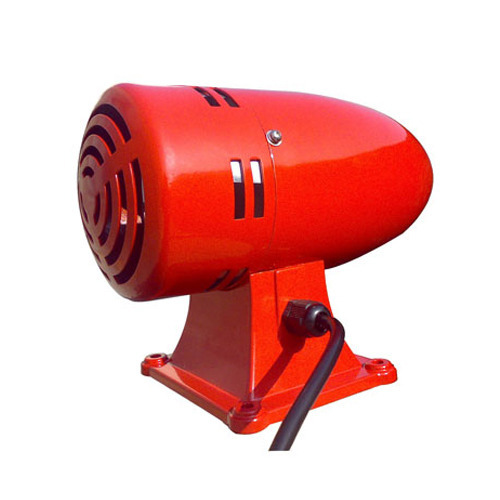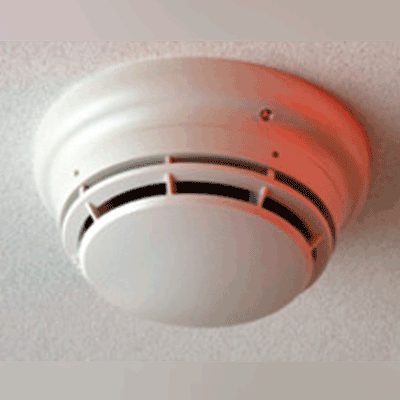Schedule a Call Back
Assessing critical risks in workplaces
 Articles
Articles- Jun 19,24

Related Stories

Air India and Airbus Launch Pilot Training Hub in Gurugram
The launch comes as Air India, under the Tata Group’s ownership since 2022, embarks on a significant fleet expansion following its order of 570 new aircraft.
Read more
Blum-Novotest to premiere LC54-DIGILOG at EMO 2025
Specially developed for tool measurement and monitoring in micro-machining, the system sets new standards in precision, compactness and process reliability
Read more
The Growing Threat of Heat Stress in the Workplace
Extreme heat puts millions of workers at serious risk globally. Suresh Tanwar, Senior Head of Audit and Consultancy, British Safety Council, India, highlights the growing threat of heat stress in th..
Read moreRelated Products

Grey Polka Dash Board Covers
Elegant Auto Accessories offers a wide range of grey polka dash board covers.

Fire Protection - Industrial Sirens
Amit Safety Enterprises offers a wide range of fire protection industrial sirens.
Read more
Fire Alarm Sysytem
Nayakson Security Systems is offering a range of fire alarm, intrusion alarm and gas alarm systems.
















